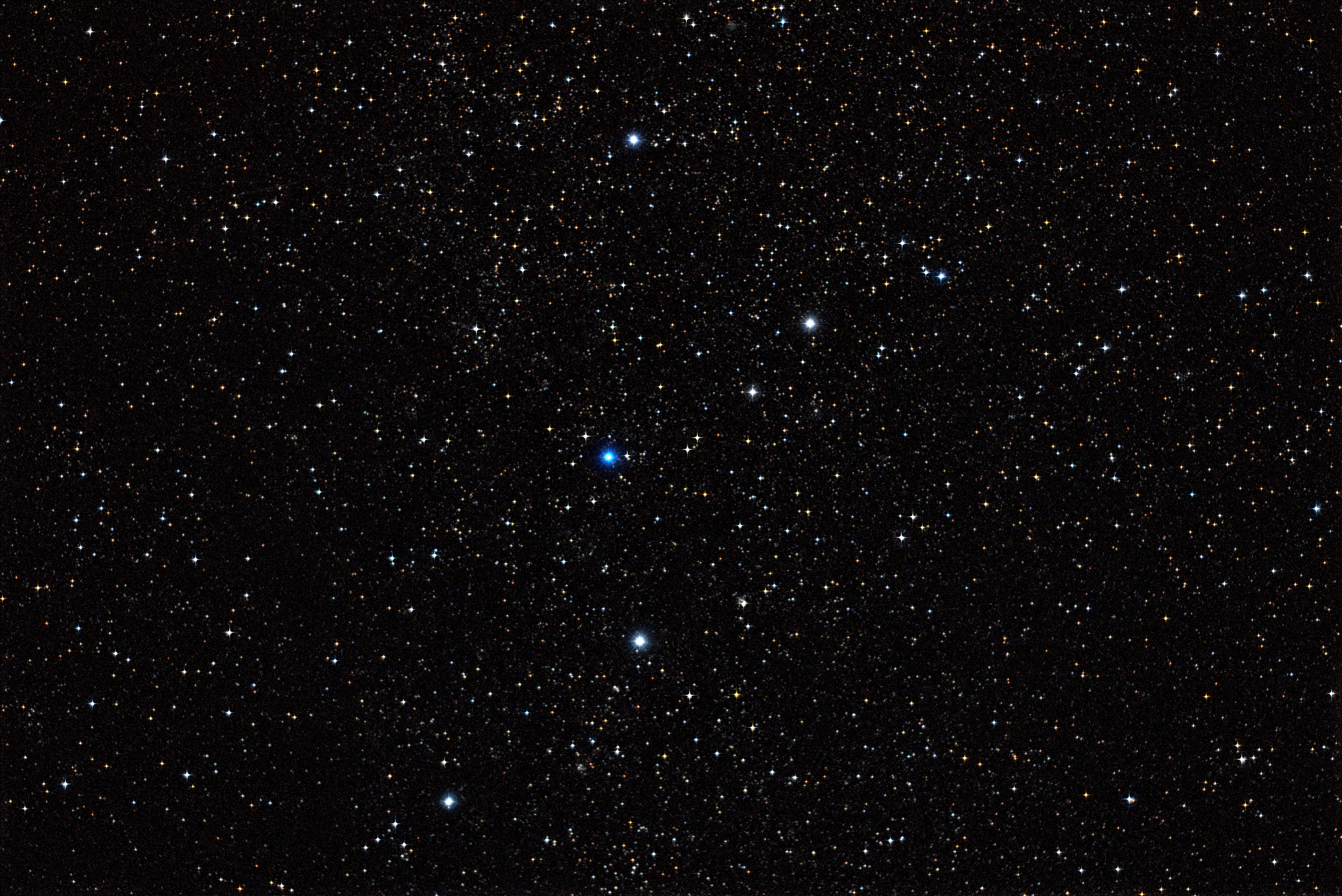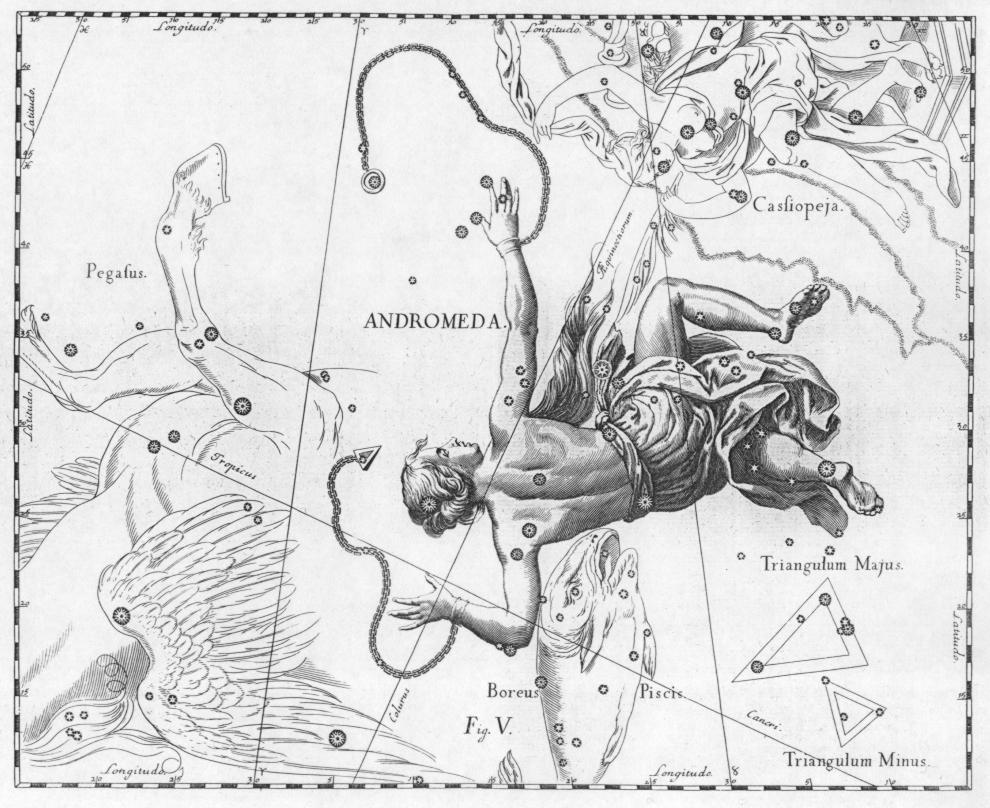|
Encampment (Chinese Constellation)
The Encampment mansion () is one of the 28 mansions of the Chinese constellation Traditional Chinese astronomy has a system of dividing the celestial sphere into asterisms or constellations, known as "officials" ( Chinese ''xīng guān''). The Chinese asterisms are generally smaller than the constellations of Hellenistic ...s. It is one of the northern mansions of the Black Tortoise. Asterisms References {{DEFAULTSORT:Encampment (Chinese Constellation) Chinese constellations ... [...More Info...] [...Related Items...] OR: [Wikipedia] [Google] [Baidu] |
Fomalhaut
Fomalhaut is the brightest star in the southern constellation of Piscis Austrinus, the "Southern Fish", and one of the brightest stars in the night sky. It has the Bayer designation Alpha Piscis Austrini, which is Latinized from α Piscis Austrini, and is abbreviated Alpha PsA or α PsA. This is a class A star on the main sequence approximately from the Sun as measured by the Hipparcos astrometry satellite. Since 1943, the spectrum of this star has served as one of the stable anchor points by which other stars are classified. It is classified as a Vega-like star that emits excess infrared radiation, indicating it is surrounded by a circumstellar disk. Fomalhaut, K-type main-sequence star TW Piscis Austrini, and M-type, red dwarf star LP 876-10 constitute a triple system, even though the companions are separated by approximately 8 degrees. Fomalhaut was the first stellar system with an extrasolar planet candidate (designated Fomalhaut b, later n ... [...More Info...] [...Related Items...] OR: [Wikipedia] [Google] [Baidu] |
Cepheus (constellation)
Cepheus is a constellation in the far northern sky, named after Cepheus, a king of Aethiopia in Greek mythology. It is one of the 48 constellations listed by the second century astronomer Ptolemy, and it remains one of the 88 constellations in the modern times. The constellation's brightest star is Alpha Cephei, with an apparent magnitude of 2.5. Delta Cephei is the prototype of an important class of star known as a Cepheid variable. RW Cephei, an orange hypergiant, together with the red supergiants Mu Cephei, MY Cephei, SW Cephei, VV Cephei, and V354 Cephei are among the largest stars known. In addition, Cepheus also has the hyperluminous quasar S5 0014+81, which hosts an ultramassive black hole in its core, reported at 40 billion solar masses, about 10,000 times more massive than the central black hole of the Milky Way, making this among the most massive black holes currently known. This paper does acknowledge the possibility of an optical illusion that would cause an ... [...More Info...] [...Related Items...] OR: [Wikipedia] [Google] [Baidu] |
Cassiopeia (constellation)
Cassiopeia () is a constellation in the northern sky named after the vain queen Cassiopeia, mother of Andromeda, in Greek mythology, who boasted about her unrivaled beauty. Cassiopeia was one of the 48 constellations listed by the 2nd-century Greek astronomer Ptolemy, and it remains one of the 88 modern constellations today. It is easily recognizable due to its distinctive ' W' shape, formed by five bright stars. Cassiopeia is located in the northern sky and from latitudes above 34°N it is visible year-round. In the (sub)tropics it can be seen at its clearest from September to early November, and at low southern, tropical, latitudes of less than 25°S it can be seen, seasonally, low in the North. At magnitude 2.2, Alpha Cassiopeiae, or Schedar, is generally the brightest star in Cassiopeia, though it is occasionally outshone by the variable Gamma Cassiopeiae, which has reached magnitude 1.6. The constellation hosts some of the most luminous stars known, including the yel ... [...More Info...] [...Related Items...] OR: [Wikipedia] [Google] [Baidu] |
Lacerta
Lacerta is one of the 88 modern constellations defined by the International Astronomical Union. Its name is Latin for lizard. A small, faint constellation, it was defined in 1687 by the astronomer Johannes Hevelius. Its brightest stars form a "W" shape similar to that of Cassiopeia, and it is thus sometimes referred to as 'Little Cassiopeia'. It is located between Cygnus, Cassiopeia and Andromeda on the northern celestial sphere. The northern part lies on the Milky Way. Notable features Lacerta is typical of Milky Way constellations: no bright galaxies, nor globular clusters, but instead open clusters, for example NGC 7243, the faint planetary nebula IC 5217 and quite a few double stars. It also contains the prototypic blazar BL Lacertae. Lacerta contains no Messier objects. Stars Alpha Lacertae is a blue-white hued main-sequence star of magnitude 3.8, 102 light-years from Earth. It has a spectral type of A1 V and is an optical double star. Beta Lacertae is far ... [...More Info...] [...Related Items...] OR: [Wikipedia] [Google] [Baidu] |
Andromeda (constellation)
Andromeda is one of the 48 constellations listed by the 2nd-century Greco-Roman astronomer Ptolemy, and one of the 88 modern constellations. Located in the northern celestial hemisphere, it is named for Andromeda, daughter of Cassiopeia, in the Greek myth, who was chained to a rock to be eaten by the sea monster Cetus. Andromeda is most prominent during autumn evenings in the Northern Hemisphere, along with several other constellations named for characters in the Perseus myth. Because of its northern declination, Andromeda is visible only north of 40° south latitude; for observers farther south, it lies below the horizon. It is one of the largest constellations, with an area of 722 square degrees. This is over 1,400 times the size of the full moon, 55% of the size of the largest constellation, Hydra, and over 10 times the size of the smallest constellation, Crux. Its brightest star, Alpha Andromedae, is a binary star that has also been counted as a part of Pegasu ... [...More Info...] [...Related Items...] OR: [Wikipedia] [Google] [Baidu] |
Flying Serpent (asterism)
Flying Serpent (''Tengshe'' 螣蛇) is an asterism (name for a group of stars) in the constellation "Encampment" (''Shixiu'' 室宿) in the Chinese constellation system. It is named after the mythological serpent, '' tengshe''. The ''Tengshe'' asterism was a group of "22 stars, occurring in the northern artof the "Encampment" () constellation, epresenting; or comprising the figure ofthe Heavenly Snake, chief of the water reptiles", according to the treatise on astronomy in the ''Book of Jin'' (''Jin Shu''). The Tengshe coincides with the lizard constellation Lacerta Lacerta is one of the 88 modern constellations defined by the International Astronomical Union. Its name is Latin for lizard. A small, faint constellation, it was defined in 1687 by the astronomer Johannes Hevelius. Its brightest stars form a "W ..., and the northern parts of Lacerta occupy the center of Tengshe. References Chinese constellations {{China-stub ... [...More Info...] [...Related Items...] OR: [Wikipedia] [Google] [Baidu] |
Cetus
Cetus () is a constellation, sometimes called 'the whale' in English. The Cetus was a sea monster in Greek mythology which both Perseus and Heracles needed to slay. Cetus is in the region of the sky that contains other water-related constellations: Aquarius, Pisces and Eridanus. Features Ecliptic Cetus is not among the 12 true zodiac constellations in the J2000 epoch, nor classical 12-part zodiac. The ecliptic passes less than 0.25° from one of its corners. Thus the moon and planets will enter Cetus (occulting any stars as a foreground object) in 50% of their successive orbits briefly and the southern part of the sun appears in Cetus for about one day each year. Many asteroids in belts have longer phases occulting the north-western part of Cetus, those with a slightly greater inclination to the ecliptic than the moon and planets. As seen from Mars, the ecliptic (apparent plane of the sun and also the average plane of the planets which is almost the same) passes in ... [...More Info...] [...Related Items...] OR: [Wikipedia] [Google] [Baidu] |
Piscis Austrinus
Piscis Austrinus is a constellation in the southern celestial hemisphere. The name is Latin for "the southern fish", in contrast with the larger constellation Pisces, which represents a pair of fish. Before the 20th century, it was also known as Piscis Notius. Piscis Austrinus was one of the 48 constellations listed by the 2nd-century astronomer Ptolemy, and it remains one of the 88 modern constellations. The stars of the modern constellation Grus once formed the "tail" of Piscis Austrinus. In 1597 (or 1598), Petrus Plancius carved out a separate constellation and named it after the crane. It is a faint constellation, containing only one star brighter than 4th magnitude: Fomalhaut, which is 1st magnitude and the 18th-brightest star in the night sky. Fomalhaut is surrounded by a circumstellar disk, and possibly hosts a planet. Other objects contained within the boundaries of the constellation include Lacaille 9352, the brightest red dwarf star in the night sky (though still ... [...More Info...] [...Related Items...] OR: [Wikipedia] [Google] [Baidu] |
Capricornus
Capricornus is one of the constellations of the zodiac. Its name is Latin for "horned goat" or "goat horn" or "having horns like a goat's", and it is commonly represented in the form of a sea goat: a mythical creature that is half goat, half fish. Capricornus is one of the 88 modern constellations, and was also one of the 48 constellations listed by the 2nd century astronomer Claudius Ptolemy. Its old astronomical symbol is (♑︎). Under its modern boundaries it is bordered by Aquila, Sagittarius, Microscopium, Piscis Austrinus, and Aquarius. The constellation is located in an area of sky called the Sea or the Water, consisting of many water-related constellations such as Aquarius, Pisces and Eridanus. It is the smallest constellation in the zodiac. Notable features Stars Capricornus is a faint constellation, with only one star above magnitude 3; its alpha star has a magnitude of only 3.6. The brightest star in Capricornus is δ Capricorni, als ... [...More Info...] [...Related Items...] OR: [Wikipedia] [Google] [Baidu] |
Aquarius (constellation)
Aquarius is an equatorial constellation of the zodiac, between Capricornus and Pisces. Its name is Latin for "water-carrier" or "cup-carrier", and its old astronomical symbol is (♒︎), a representation of water. Aquarius is one of the oldest of the recognized constellations along the zodiac (the Sun's apparent path). It was one of the 48 constellations listed by the 2nd century astronomer Ptolemy, and it remains one of the 88 modern constellations. It is found in a region often called the Sea due to its profusion of constellations with watery associations such as Cetus the whale, Pisces the fish, and Eridanus the river. At apparent magnitude 2.9, Beta Aquarii is the brightest star in the constellation. History and mythology Aquarius is identified as "The Great One" in the Babylonian star catalogues and represents the god Ea himself, who is commonly depicted holding an overflowing vase. The Babylonian star-figure appears on entitlement stones and cylinder seals from the ... [...More Info...] [...Related Items...] OR: [Wikipedia] [Google] [Baidu] |






